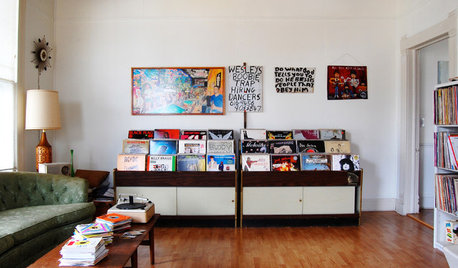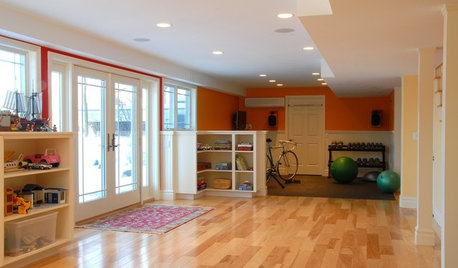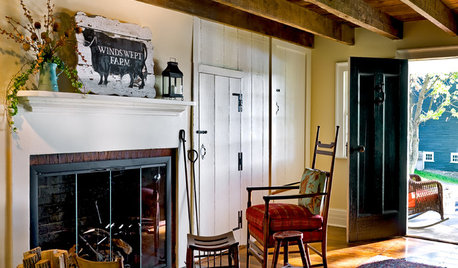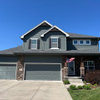blisters and peeling paint
gene_2007
14 years ago
Featured Answer
Sort by:Oldest
Comments (14)
paintguy22
14 years agoFaron79
14 years agoRelated Professionals
Weston Painters · Bainbridge Island Painters · Delray Beach Painters · Madison Heights Painters · Philadelphia Painters · Ronkonkoma Painters · Saint Cloud Painters · Klahanie Painters · Brockton Flooring Contractors · Green Bay Flooring Contractors · Manteca Flooring Contractors · Menifee Flooring Contractors · Norton Flooring Contractors · Uxbridge Flooring Contractors · Wheat Ridge Flooring Contractorsgene_2007
14 years agogene_2007
14 years agopaintguy22
14 years agogene_2007
14 years agopaintguy22
14 years agogene_2007
14 years agopaintguy22
14 years agoalphadave
7 years agolast modified: 7 years agoToni Matlock
7 years agoPaint sales at Home Depot
7 years agoChristopher Nelson Wallcovering and Painting
7 years ago
Related Stories

PRODUCT PICKSGuest Picks: Keep Your Eyes Peeled for Orange
Give your rooms an energy shot with vibrant orange curtains, chairs, accessories and more
Full Story
HOUZZ TOURSMy Houzz: Peeling Back Layers in a 1908 Home
Hidden fireplaces, buried hardwood and covered beadboard resurface thanks to a Mississippi couple's DIY efforts
Full Story

Perfectly Imperfect: Weathered Details for Your Home
Scratches, dents, rust and peeling paint add unique appeal
Full Story
MORE ROOMS12 Colors to Pump Up Your Home Gym
Peeling gray walls not inspiring your workouts? Exercise your right to a motivating space with these stylish paint picks
Full Story
Signs of Fun Around the House
Rendered in peeling paint, salvaged metal or neon lights, signs make expressive home décor
Full Story
DECORATING GUIDESGet the Scoop on Finding the Best Paint for Your Money
Scoring the best deal on paint for your home may have nothing to do with advertised specials
Full Story
WORKING WITH PROSHow to Work With a House Painter
A professional house painter may be your best friend for refreshing rooms. Here's what you need to know to get the best result
Full Story
FRONT DOOR COLORSFront and Center Color: When to Paint Your Door Black
Love the idea of a black front door? Here are 8 exterior palettes to make it work
Full Story
PAINTINGWhat to Know About Milk Paint and Chalk Paint — and How to Use Them
Learn the pros, cons, cost and more for these two easy-to-use paints that are great for giving furniture a vintage look
Full StorySponsored
Central Ohio's Trusted Home Remodeler Specializing in Kitchens & Baths
More Discussions









afocareto_oh_rr_com